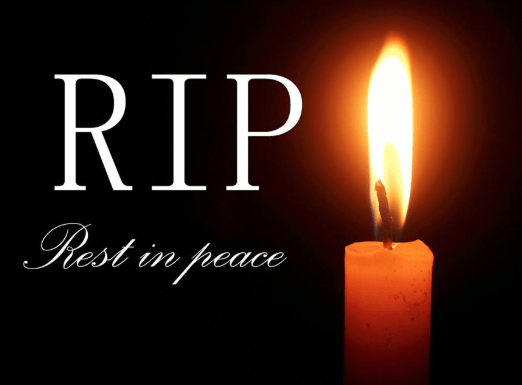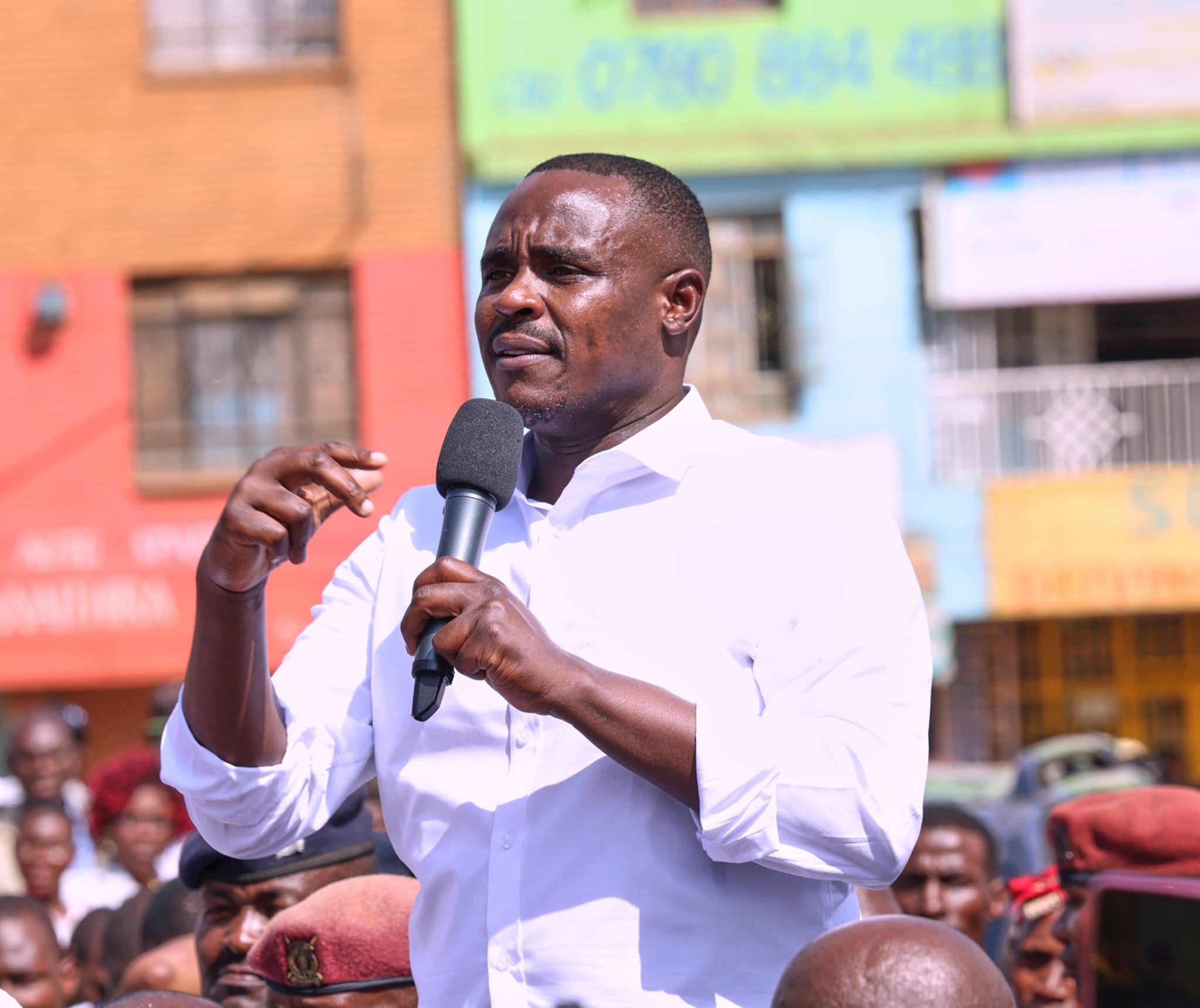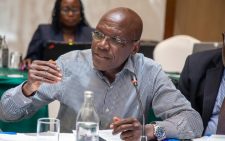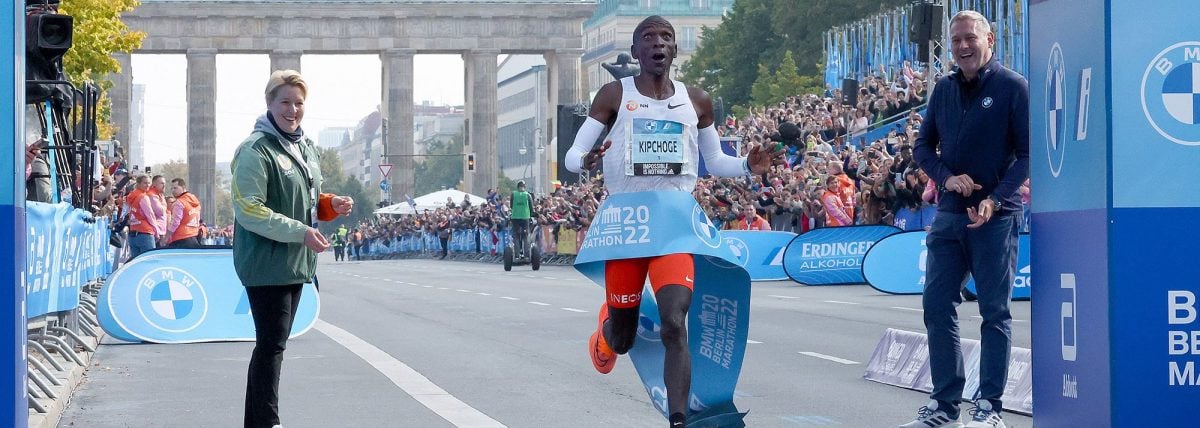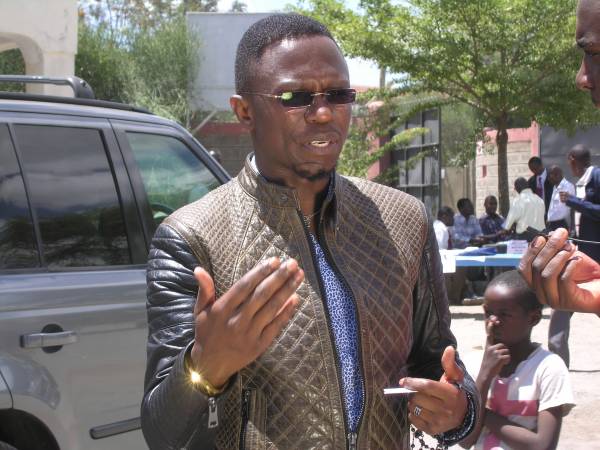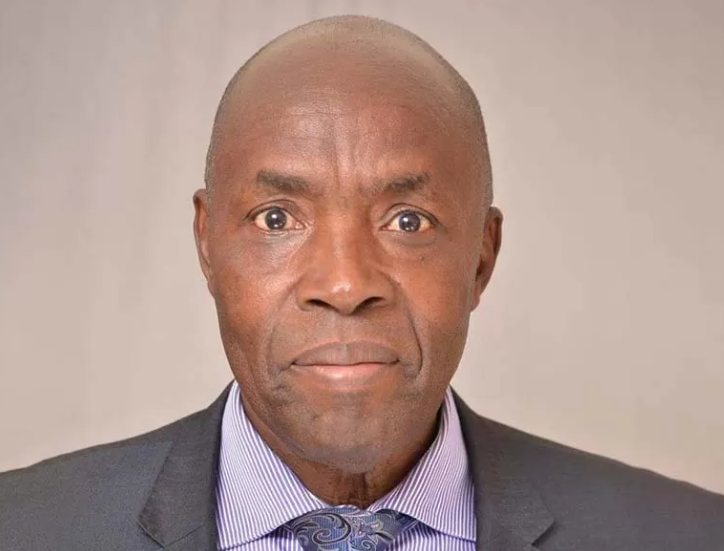IEBC’s register points to a tight State House race
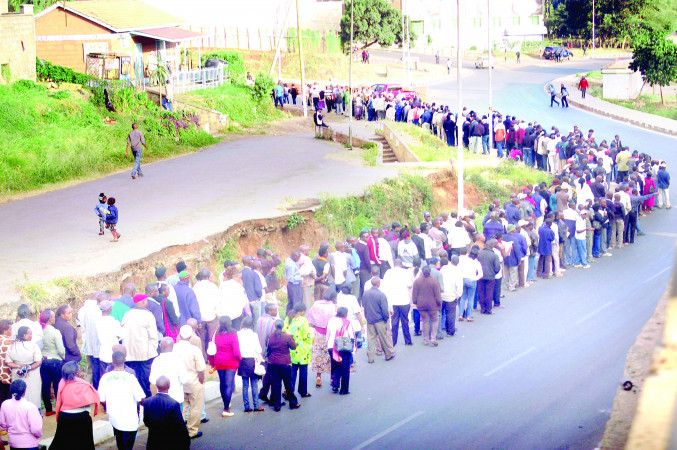
The final voter register published by the electoral commission gives a clue about the battleground counties that the two leading presidential candidates, Azimio-One Kenya’s Raila Odinga and UDA’s William Ruto, are likely to focus their attention on.
With only 45 days to the August 9 polls, Azimio-One Kenya Coalition Party and the Kenya Kwanza Alliance are now likely to spend more time hunting for votes in regions with a high number of registered voters.
The register, released by the Independent Electoral and Boundaries Commission (IEBC) Chairperson Wafula Chebukati on Wednesday night, and published in a special Kenya Gazette notice, outlines how the 22,102,532 voters are distributed across the 47 counties.
For political purposes, the areas can be clustered into ten regions based on geographical and ethnic arithmetics that have since independence shaped the country’s presidential elections.
The Nairobi metropolitan area has 2,415,310 voters, Mt Kenya region (4,716,120), North Rift (2,584,938), Western (2,217,948), Coast, (1,963,144), lower Eastern (1,554,655), Nakuru (1,054,856) voters, Maa region (962,071), Nyanza (2,160,385), Gusii (960,293), North Eastern (882,677) while Kericho and Bomet, which are part of South Rift have 805,052 voters.
Mt Kenya votes
Also up for grabs are Trans Nzoia (398,981) and Turkana (238,528). Though in Rift Valley, both counties have unique voting patterns compared to their neighbours.
Looking at the IEBC numbers, Dr Franklin Kaburu Kinoti, a senior lecturer in statistics at Kenyatta University said this year’s election is likely to be won by the candidate who garners a majority of the votes in Mt Kenya region, lower Eastern, Nairobi, Coast, as well as the counties of Bungoma, Nakuru, Nyamira and Kisii.
“From my viewpoint, the distribution of votes has not significantly changed from that of 2017 for the two leading candidates. So what will matter most is whether Raila or Ruto will eat much into Mt Kenya and ensure near 100 per cent voter turn out in their perceived strongholds,” said Dr Kinoti.
Ruto has been keen to retain his grip in areas that voted for Jubilee in 2017, particularly Mt Kenya, North Eastern and Maa region while also racing to make inroads in Raila’s 2013 and 2017 strongholds notably Western, Coast, Turkana, Ukambani, Gusii and Narok.
Up for grabs
On the other hand, Raila has been keen on retaining his grip on the Nyanza and Western Kenya vote as well as Ukambani, having convinced Wiper Party Leader Kalonzo Musyoka to back him despite dropping him as running mate. He also has a firm grip on the Coast and has made inroads in Mt Kenya, buoyed by his decision to pick Martha Karua as the running mate and President Uhuru Kenyatta’s move to back him.
The Mt Kenya region has Kiambu, with 1,275,008 voters, the second highest per county after Nairobi, Meru (772,139), Murang’a (620,929), Nyeri (481,632), Nyandarua (361,165), Kirinyaga (376,001), Laikipia (263,012), Tharaka-Nithi (231,932) and Embu (334,302).
Mt Kenya, which until the March 9, 2018 Handshake appeared locked in favour of the Deputy President, has turned into a battleground. This was demonstrated by Ruto’s move to assemble a team headed by his running-mate, Rigathi Gachagua, to crisscross the region to market their ticket.
“If you look at the reception that my candidate has been getting after we embarked on marking him in Mt Kenya after the picking of the running mates by the two camps, it’s very clear that his popularity has been shooting,” Laikipia Governor Ndiritu Muriithi said.
But Gachagua is of a different opinion. “She (Karua) will not get him any votes,” he is on record as saying.
An opinion poll released by Infotrak on June 8 showed that Raila, at 42 per cent popularity. Ruto was at 38 per cent in popularity.
Given the margin of error for polls, this could turn out to be a dead heat to be determined either by a mistake on either side or voter turnout.
Support across the country, not just the cumulative numbers, is constitutionally mandated as a determining factor in declaring the winner of a presidential election, meaning that the candidates cannot afford to ignore any part of the country.
Kalonzo factor
That is why Ruto and Raila have also trained their eyes on the Ukambani vote. The two have in recent weeks increased their forays in Kitui, Makueni and Machakos, which have 532,758, 361,165 and 687,565 voters respectively.
While Raila is hoping to retain his grip in the region after retaining Kalonzo in his side, Ruto hopes his association with Machakos Governor Alfred Mutua and UDA Chairman Johnstone Muthama will help him eat into Raila’s support.
Kitui Central MP Dan Maanzo said that given that Kalonzo had agreed to back Raila, the ODM leader would get the majority of the voters in the region.
“Without Kalonzo, definitely, there was no way Raila would have performed well,” he said. “Some of his supporters had begun shifting to UDA. But with him on board, we are going to sweep away the remaining UDA supporters in favour of Raila”.
To wrestle the Western vote, which in the last three elections has gone to Raila, Ruto lured Musalia Mudavadi and Senator Moses Wetang’ula to his corner after promising them 30 per cent of his government should their coalition win.
Ruto inroads
But in a counter-strategy, Democratic Action Party-Kenya associated with Defense CS Eugene Wamalwa was registered and empowered by Azimio to bridge the gap created by ANC and Ford Kenya’s exit.
And while Raila has been working with Mombasa Governor Hassan Joho and a host of MPs from the Coast to solidify his support, Ruto recently tapped Kilifi Governor Amason Kingi and his Kwale counterpart Salim Mvurya, Malindi MP Aisha Jumwa, former Mombasa Senator Hassan Omar and a host of MPs in his quest to wrench the region from Raila’s grip.
Mvita MP Abdulswamad Shariff, who is seeking the Mombasa governor seat on ODM, says though Ruto has been making forays at the Coast, it will be an uphill task for him to change people’s perception of him.
“It’s going to be impossible for him to penetrate this region,” he said.
Whichever way one looks at them, the IEBC numbers point to a tight contest race. As in previous elections, turnout will be a major determinant of who carries the day.

